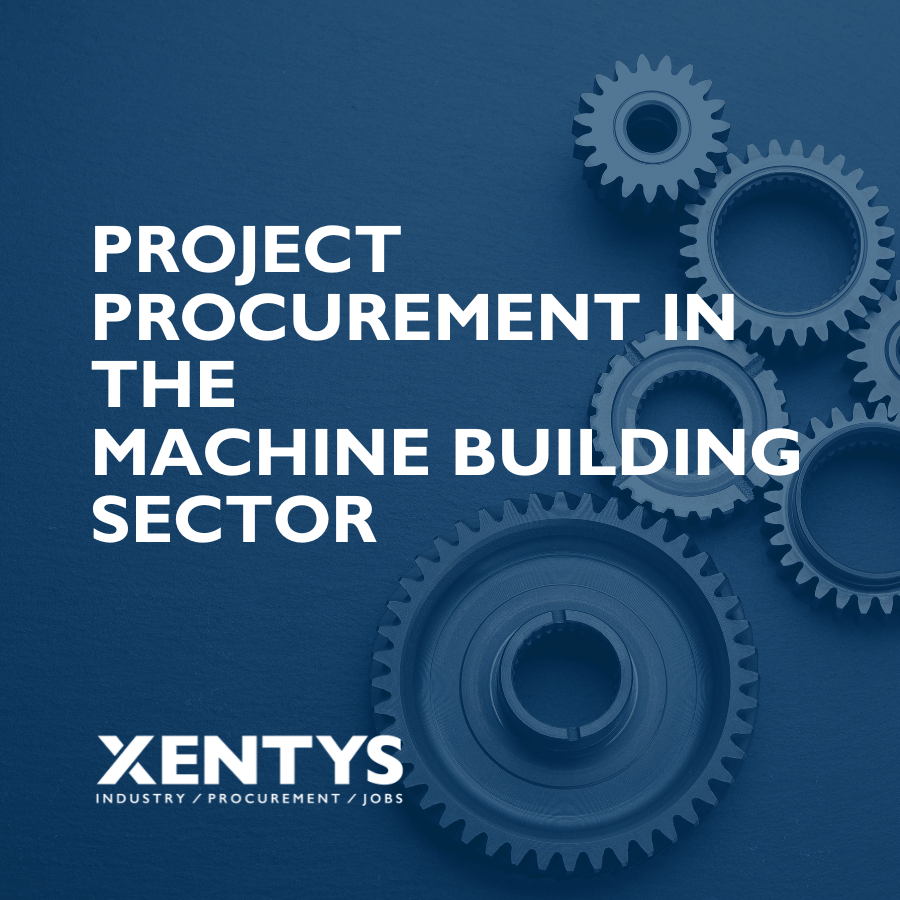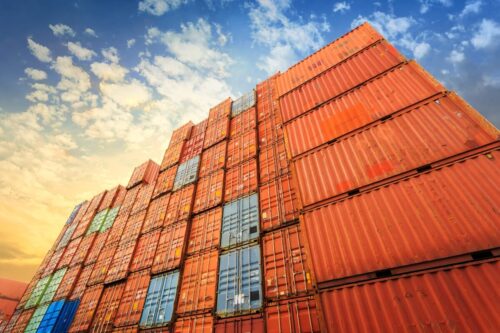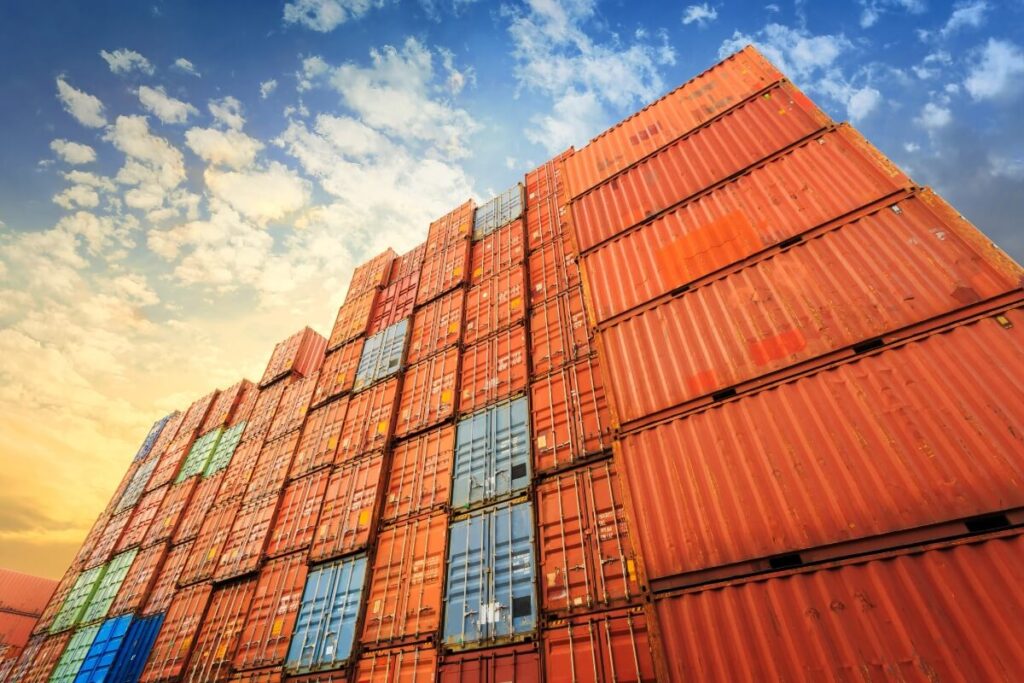Table of contents
What is an electronic procurement system (e-tendering)?
E-tendering, also known as “e-auctioning” refers to the use of an e-auctioning platform (such as Mercell/Negometrix) to achieve highly competitive, online and real-time best pricing. Multiple pre-selected suppliers can bid simultaneously on the same products or services to ultimately (at the end of the e-auction) win the contract. A procedure was communicated in advance to all offerors for how the e-auction will take place.

FREE WHITE PAPER
Reduce Total Cost of Ownership (TCO) with the Kraljic Matrix
Preconditions
Pre-qualified vendors are invited to participate in the a-auction. They are in full agreement with the contractual arrangements the customer has shared with them and there are only a limited number of issues left to be agreed upon through the e-auction, e.g. pricing and delivery time. e-tendering is appropriate for certain categories of products, in terms of the Kraljic matrix especially routine products and leveraged product categories. M.e. tangible products are eligible. In the case of services, it is more difficult to specify the product unambiguously, resp. ambiguities may arise afterwards. Careful consideration should also be given in advance to any repercussions an e-auction may have on the future relationship with the selected suppliers.

Free whitepaper
Project Procurement in the Machine Building Sector
Advantages of e-tendering
1. Lower cost prices
A study (Kumar, 2013) found that using e-procurement can result in significant cost savings for companies. Achieve cost savings of 5-15% on procurement costs (Kumar, 2013). These savings were achieved through a combination of increased competition among suppliers, lower transaction costs and easier negotiations.
2. Completely transparent pricing
All bidding parties can track real-time bids of the other (anonymized) bidders and thus see to what extent one is competitive during the online bidding process.

Disadvantage of e-tendering
It has already been mentioned, it is important to think carefully about which categories of products e-tendering is used for. In any case, the relationship with the selected vendor will not be based on mutual chemistry after the bidding process, which in turn can lead to hassles in the relationship that are difficult to monetize. So, the supplier will certainly not be able to provide strategic products.
Find a buyer through xentys
At xentys, your experienced procurement recruitment agency, we are happy to help you find the right professional for your procurement team. Send a message today and strengthen your purchasing department.
Conclusion
If e-tendering (or e-auctioning) is used with a lot of policy, it will have its uses. So it is important to handle this tool with a lot of policy.
References:
Kumar, V. (2013). E-procurement: benefits and challenges. International Journal of Information Management, 33(2), 181-189.
News

What is the meaning of SKU?
A SKU, or Stock Keeping Unit, is a unique code used to identify a specific product that is in stock. This alphanumeric code is indispensable for inventory management and logistics operations, as it allows products to be tracked and managed. SKUs can contain information about a product’s attributes, such as

What is meant by the 80/20 rule?
The 80/20 rule, also known as the Pareto principle, is an economic rule that states that 80% of all results come from 20% of all efforts. This rule was first introduced by Italian economist Vilfredo Pareto, who discovered that 80% of the land in Italy was owned by only 20%

What does 3PL & 4PL mean?
The terms 3PL (Third-Party Logistics) and 4PL (Fourth-Party Logistics) play an important role in supply chain management today. But what exactly do those terms mean? 3PL refers to a logistics service provider that outsources specific logistics functions, such as transportation, warehousing and distribution, to an external party. These service providers

What is a freight forwarder?
A freight forwarder, also known as a forwarding agent, is an essential link in the logistics chain. This party organizes and coordinates the transportation of goods from one location to another. In this context, the necessary means of transportation, such as trucks, ships or aircraft, must be arranged and






